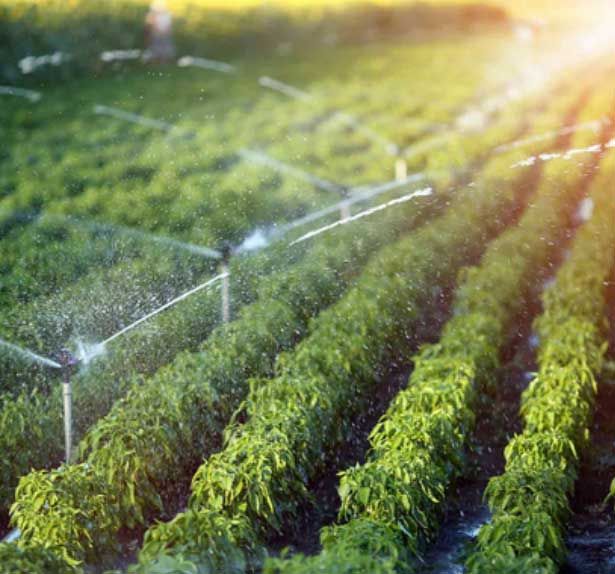
Water Irrigation
Read our latest Article
discussing Electric
Actuation within
the Fire Suppression
Industry.
Advancing Water Irrigation: Exploring the Potential of Electric Actuation
In the realm of water irrigation, the integration of advanced technologies has proven instrumental in improving efficiency and optimizing resource management. Electric actuation, a method utilizing electrical signals for control and activation, has emerged as a promising solution. This article delves into the intricate world of electric actuation and its diverse
applications within the water irrigation industry, exploring the multitude of benefits it brings.
Applications in the Water Irrigation Industry:
1. Agricultural Irrigation:
Electric actuation has significant implications in agricultural irrigation, optimizing water distribution and promoting sustainable farming practices. By enabling precise control of irrigation valves, farmers can adjust water flow rates, regulate pressure, and customize watering schedules, maximizing crop yield while minimizing water wastage.
2. Landscape Irrigation:
In the realm of landscape design, electric actuation plays a crucial role in automating irrigation systems for parks, gardens, and public spaces. By integrating electric actuators with intelligent irrigation controllers, landscape professionals can achieve efficient water distribution, conserving resources while maintaining vibrant green spaces.
3. Golf Course Irrigation:
Golf courses demand meticulous irrigation management to maintain their lush appearance and playing conditions. Electric actuation allows for precise control of sprinkler systems, ensuring accurate water coverage, minimizing runoff, and optimizing water usage. The ability to adjust
watering patterns based on turf requirements leads to more sustainable golf course maintenance.
Benefits of Electric Actuation in the Water Irrigation Industry:
1. Precision and Efficiency:
Electric actuation systems enable precise control over water distribution, ensuring that the right amount of water reaches the designated areas. By eliminating manual adjustments, precise flow regulation reduces water waste, lowers operational costs, and enhances overall irrigation efficiency.
2. Automation and Remote Control:
Electric actuation offers automation capabilities, allowing irrigation systems to be remotely controlled and scheduled. With advanced control interfaces, operators can manage irrigation activities from a central location, saving time and labor while ensuring optimal watering conditions.
3. Water Conservation:
Electric actuation’s precise control over irrigation flow helps conserve water by preventing overwatering and minimizing runoff. With the ability to adjust watering schedules and flow rates based on real-time conditions, the industry can achieve greater water efficiency, contributing to sustainable water management practices.
4. Scalability and Integration:
Electric actuation systems are highly scalable and can be seamlessly integrated with existing irrigation infrastructure. Whether it’s retrofitting individual valves or implementing comprehensive control systems, the flexibility of electric actuation allows for smooth integration into diverse irrigation setups.
5. Maintenance and Reliability:
With fewer moving parts compared to traditional mechanical systems, electric actuation requires minimal maintenance. The absence of mechanical wear and tear enhances system reliability, reduces downtime, and translates into long-term cost savings for irrigation operations.
Conclusion
Electric actuation presents an exciting frontier for the water irrigation industry, revolutionizing the way water is distributed and managed. By leveraging precise control, automation, and efficient resource allocation, electric actuation optimizes irrigation practices, promoting sustainability and water conservation. As the industry embraces this innovative technology, the future of water irrigation holds promise for enhanced efficiency, reduced environmental impact, and a more sustainable approach to water resource management.


